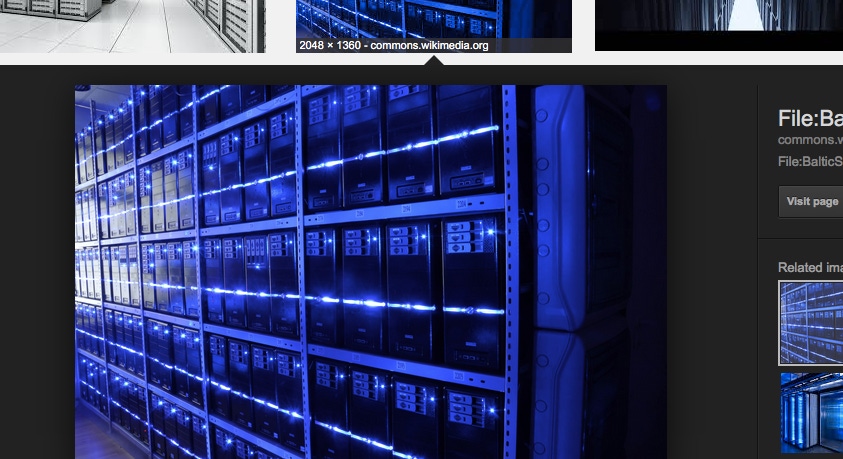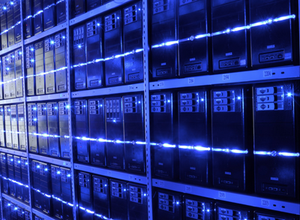5 Things You Need to Know about SDDCs
In today's digital economy, the customer is increasingly driving the development of new applications and services They want what they want--now--and if you can't provide it they will go someplace else. Companies must effectively respond to--and even get out in front of--customer demand.
April 1, 2016

 In today’s digital economy, the customer is increasingly driving the development of new applications and services They want what they want–now–and if you can’t provide it they will go someplace else. Companies must effectively respond to–and even get out in front of–customer demand.
In today’s digital economy, the customer is increasingly driving the development of new applications and services They want what they want–now–and if you can’t provide it they will go someplace else. Companies must effectively respond to–and even get out in front of–customer demand.
That’s all well and good—if you have the data center to support the model. The problem is, many companies don’t have such a data center. They’ve got a mishmash of compute, network and storage systems—ranging in age from new to end of life—from different vendors. They don’t always talk to each other, and they can’t be easily scaled up and down as needs change.
Enter SDDC, or the software-defined data center, where all infrastructure is virtualized and delivered as a service. More and more MSPs are using SDDC as a way to help their customers optimize on-premise and cloud-based systems to deliver services—and to differentiate themselves in the process.
For many people, though, the distinctions between the traditional data center and SDDC are still, well, cloudy. Here are five things you need to make sure your customers understand about SDDC.
1. SDDCs are fully virtualized—Everything from physical servers to networking gear and storage arrays is abstracted from workloads.
2. Management is streamlined—SDDC makes use of centralized, cloud-based tools and relies heavily on automation. Management is integrated into the virtualization layer, easing provisioning and other tasks. Most traditional data centers, in contrast, require manual administration, often using multiple different management and monitoring packages.
3. Infrastructure resources can span data centers—With SDDC, organizations can leverage the resources at cloud-based and physical data centers, using the management platform to essentially enable a hybrid cloud.
4. CapEx budgets stay in check—SDDCs enable growth in ways that traditional data centers can’t through data center virtualization and hybrid cloud capabilities. Abstraction and pooling of data center resources, as well as standardized infrastructure, optimizes existing resources and reduces costs over time.
5. IT staff is freed from mundane tasks—You often hear that cloud computing frees IT staff from mundane, machine-level tasks. The same is true of SDDC. Through extensive automation and optimization of resources, SDDC enables IT pros to turn their attention to projects that more directly affect—and drive—the business.
About the Author(s)
You May Also Like


